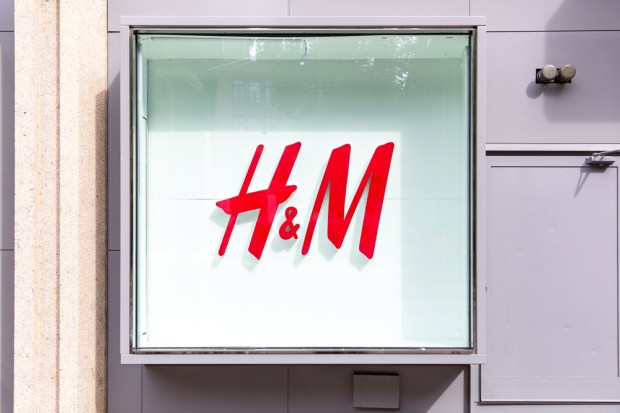H&M Continues Downfall As It Closes More Stores

A bad quarter has sent fashion retailer H&M scrambling to adjust its strategy. The Swedish group said that strategy now includes closing more stores and opening fewer new ones, as well as beginning to sell its brand’s offerings on Chinese eCommerce platform Tmall.
Shares in H&M, the world’s second-largest fashion retailer, fell 13 percent this quarter, Fortune reported Friday. As such, the company’s stocks have hit their lowest level since 2009.
The fashion brand said the drop-off was due to fewer shoppers visiting its stores, which highlights its ongoing struggle to adapt as commerce shifts to digital platforms. H&M also noted imbalances in its assortment composition and issues with product ranges that have led to inventory pile-up over the past two years.
With two years of excess inventory built up, it was perhaps expected that the retailer would reach a critical point sooner or later. But H&M was nonetheless surprised by just how drastic the drop-off was over the past three months, with sales falling far below expectations.
Sales for the third quarter (3Q) were expected to grow by 2 percent year-over-year (5 percent in local currencies). Instead, they shrank 4 percent year-over year (2 percent in local currencies).
By comparison, rival Inditex, which owns Zara, has once again outperformed due to its more flexible supply chain structure. Inditex reportedly saw sales lag through October but enjoyed renewed growth in November, possibly thanks to the upcoming holiday season.
The holidays, however, had no extra sales boost to offer for H&M. Analysts doubt the company will be able to keep up with pure eCommerce players like Zalando and Asos going forward and have lowered their ratings on the stock. Despite rapid online growth for H&M, analysts expect comparable sales to continue declining in 2018.
The company’s full quarterly earnings report will shed more light on the outlook come Jan. 31.
